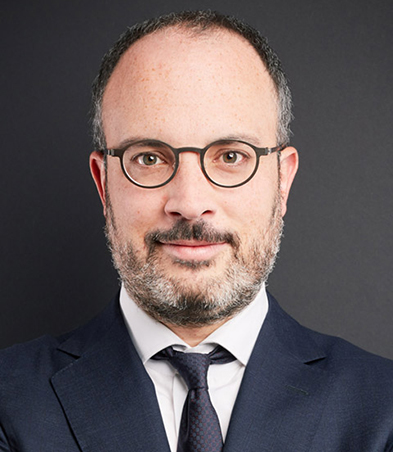
Interview with Felicia Nugroho, Analytics & Insights Director at Maverick, a strategic communications consultancy company in Indonesia.
Hi Felicia, can you tell us a bit about your background and your current role at Maverick?
My background is Statistics and Operations Research which has led to a career in the analytics field across several sectors. I now lead the analytics and insights team at Maverick. My role includes coming up with a vision and roadmap to build the measurement culture in the company, to adopt the best practices in measurement with our clients and to lead the measurement conversations in the industry.
We have a relatively new team that was formed four years ago to respond to the need to make transitions in measurement and evaluation. We needed to move from simply quantifying news clips to measuring what matters. I started with a blank sheet of paper as there were no guidelines and standards to follow. We had to take baby steps to upskill and educate internally and externally.
What makes Maverick different from other communications consultancies?
We are very clear about our mission, which is to make a difference for our client’s business objectives using effective communication. In everything we do, we ask ourselves: how effective is this action or campaign in helping the client or brand achieve its business objectives? We also ask how we can measure and demonstrate this effectiveness unambiguously.
What are your greatest challenges ahead at Maverick?
Guiding clients to embrace uncertainty and experimentation for their campaigns and programs. It is human nature to cling to the safe and well-trodden paths in marketing communications and measurement and to want to assert total control over the outcomes of communication efforts. The truth is that technology is changing so fast that what works today may not work tomorrow. Within a few months or years new platforms will arise to replace existing ones.
The safest approach is to plan based on our insights on human nature, use the existing platforms and then monitor and track how well these plans work. If they do we need to do more, if they don’t, we need to modify or replace. Being effective while embracing uncertainty and keeping up with the fast changing-technology is the biggest challenge.
You are active in AMEC – International Association for the Measurement and Evaluation of Communication. What is the most important thing AMEC brings to its members and this industry?
For some time, we felt that PR value, a metric we had been using for 20 years since Maverick was founded, is becoming less and less relevant. We did wonderful campaigns for our clients, yet at the end of the day, the success was measured merely by the number of news clip and its AVE. It devalued our communications efforts.
We weren’t sure where to start, until we discovered AMEC and joined as a member in 2018. AMEC brings abundant of resources in a form of framework, tools, and case studies, to guide PR and communication professionals to conduct their measurements effectively.
AMEC is also a global community of professionals who are passionate about measurement and evaluation, sharing knowledge and best practices across the globe to continuously better the quality and standards of measurement and evaluation in this fast-changing world.
My role as the co-chair of AMEC for the Asia Pacific chapter, together with Deb Camden of The Communication Dividend, gives me the opportunity to lead the measurement conversations in the region and to raise awareness about AMEC, its resources, and the importance to start measuring what matters.
What are the greatest challenges to make customers understand the importance of measuring and evaluating their strategic communication?
To prove the value of what we do, we need to demonstrate how communication activities influence changes in attitudes or perception and how it contributes to the organizational goals. That means we need a transition from a single-number output metrics to having to think about communication objectives and how these support the organization objectives. That requires a change of mindset which is never easy. It needs patience and persistence.
What kind of data or media not currently used can be interesting in the future?
Today, we have the liberty to choose what information or content we want to read or watch from whichever media we prefer. People have their own information ecosystems and can begin their customer journey at any given touchpoint. It would be amazing if there was data that could track this customer journey, reflecting the media customers use at each point of the journey, the content they see and how this leads to the outcome.
How do you think the communications industry will change in the next 5 years, and what are the greatest challenges ahead?
The communication industry will inevitability be more data driven and more so by first party data. This is because, contrary to early expectations, digital does not make things more transparent. Brands can get their messages out through social and digital platforms but most of the time they don’t know if anyone is paying attention or – if they do, in what changes is results. Brands need to realize that they need to commission their own studies and surveys to find out how effective their communication efforts are in achieving their desired outcomes and impact.
By Anna Roos van Wijngaarden
Twingly provides a News API with an average latency of just 8 minutes from the moment an article is published in any news source worldwide until it becomes accessible through our News API. Additionally, consider exploring our Forums API, which delivers 10 million forum posts daily from across the globe.


